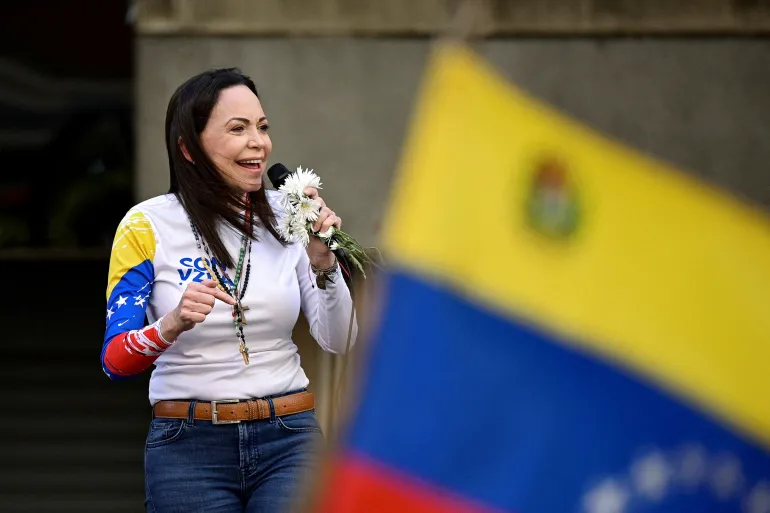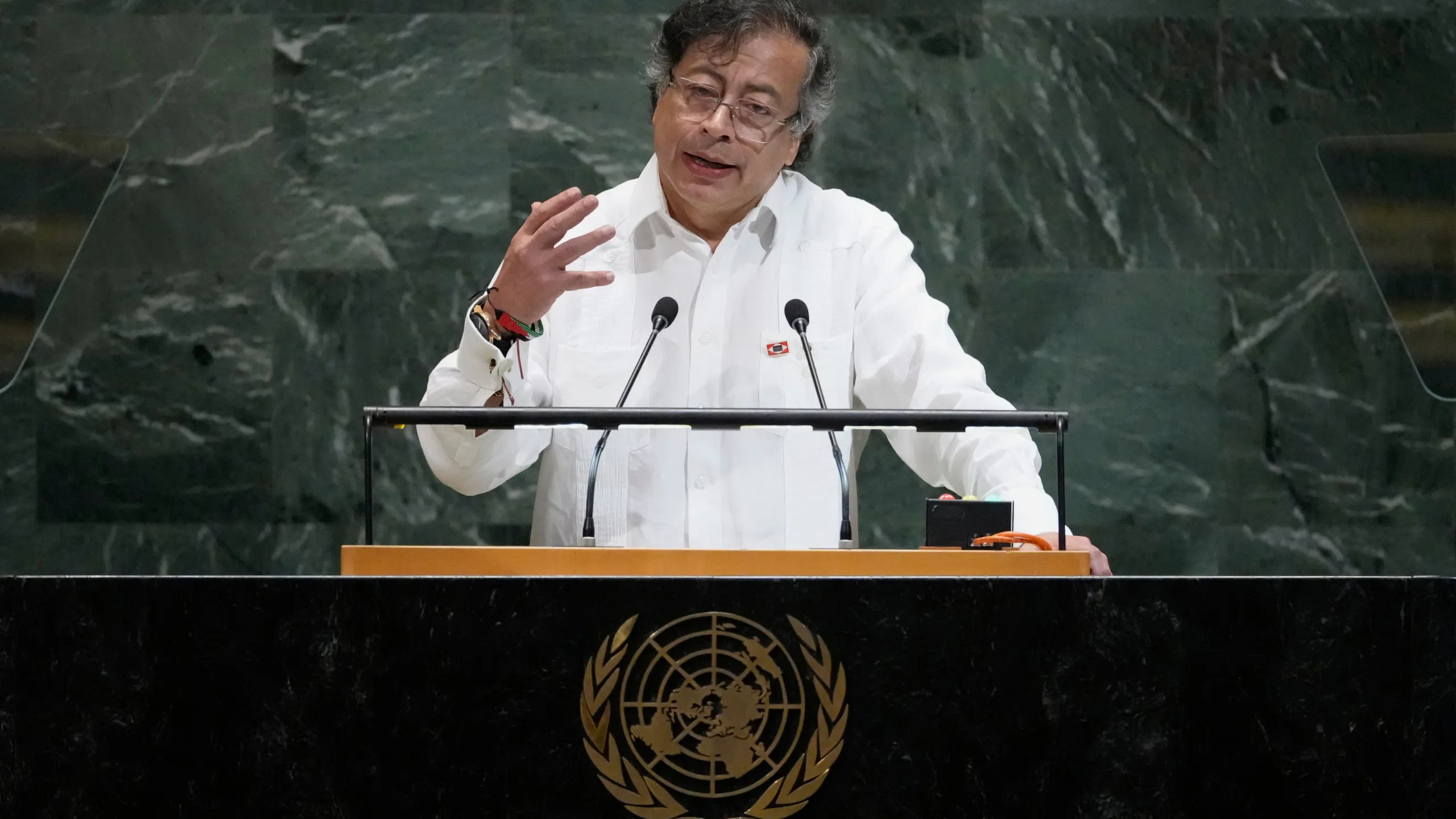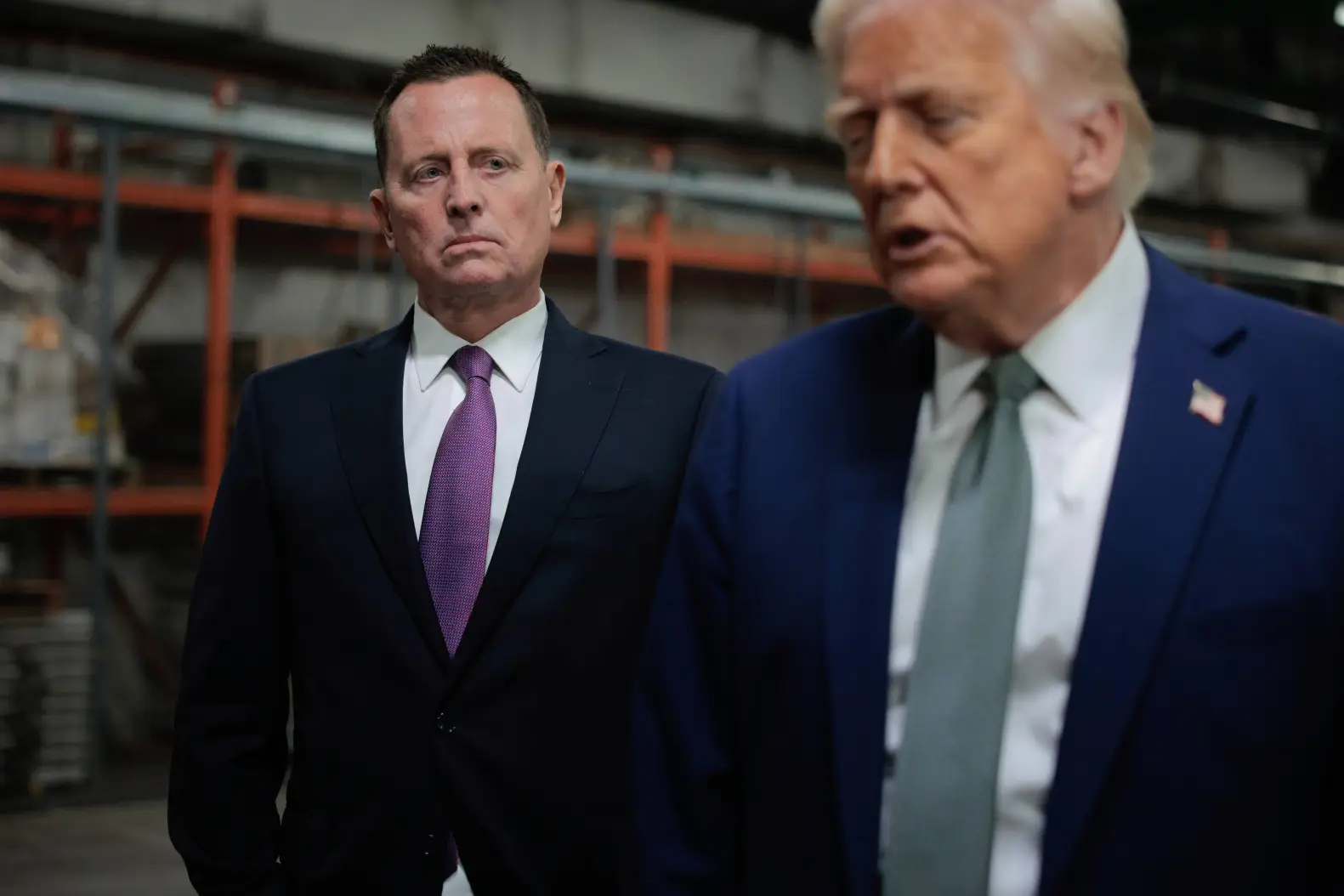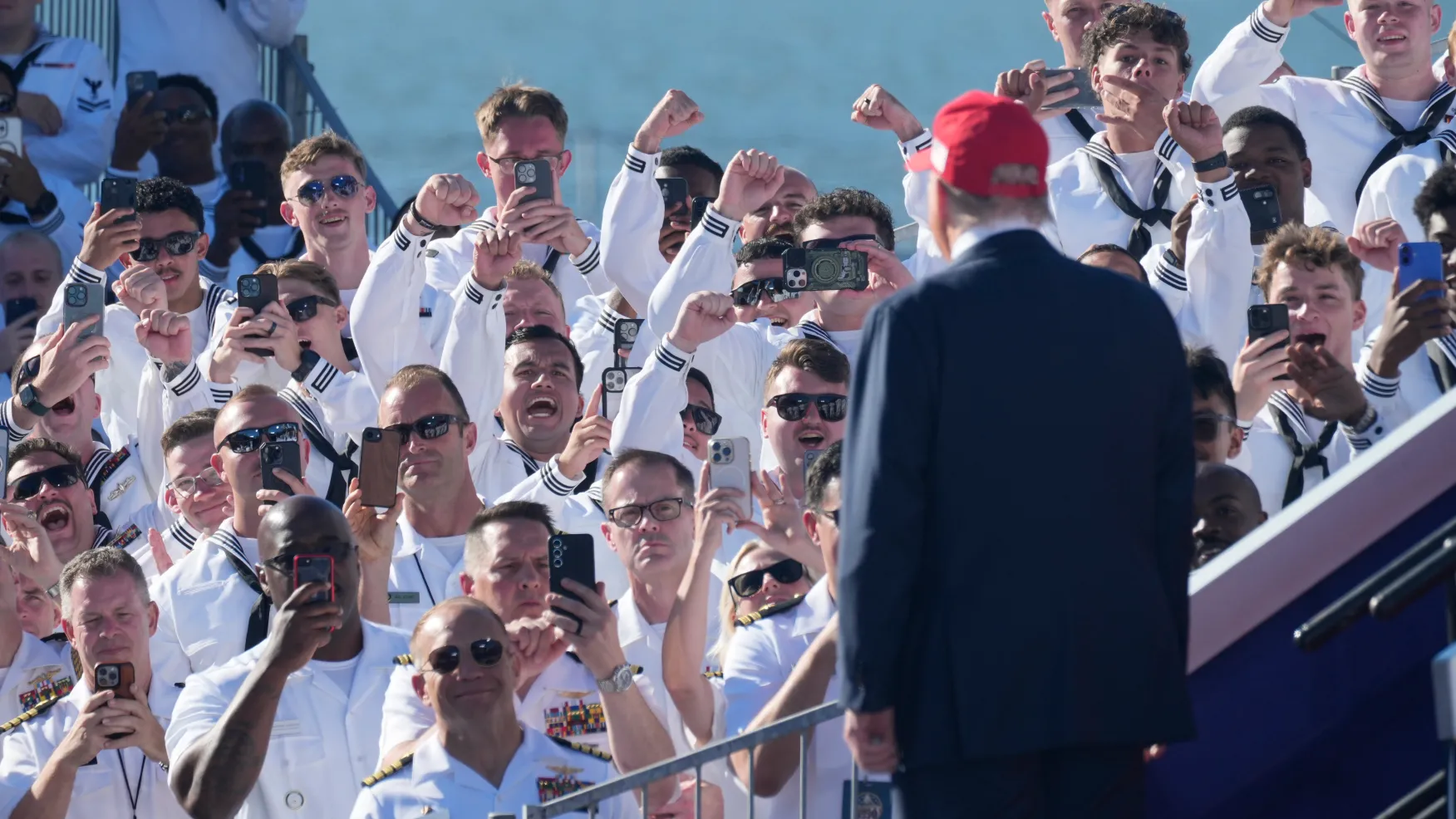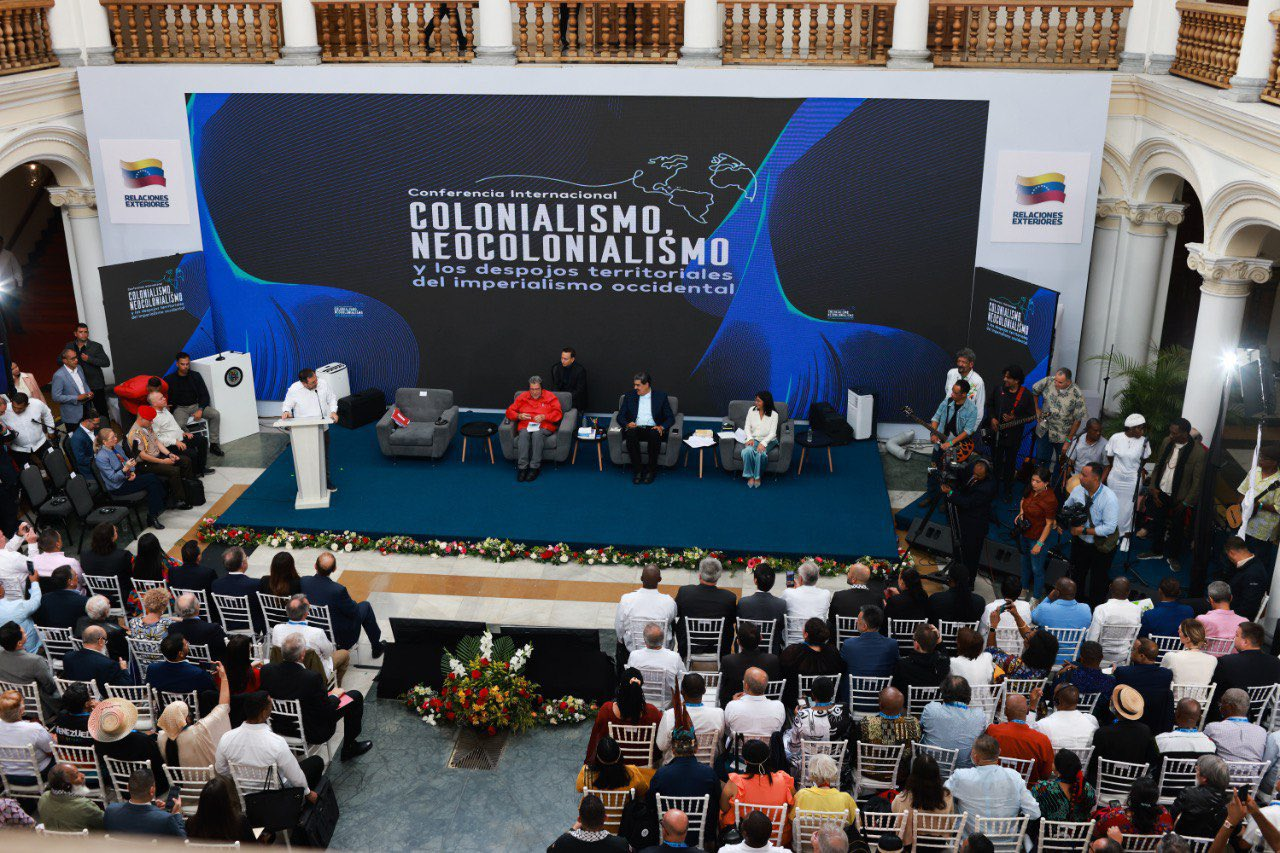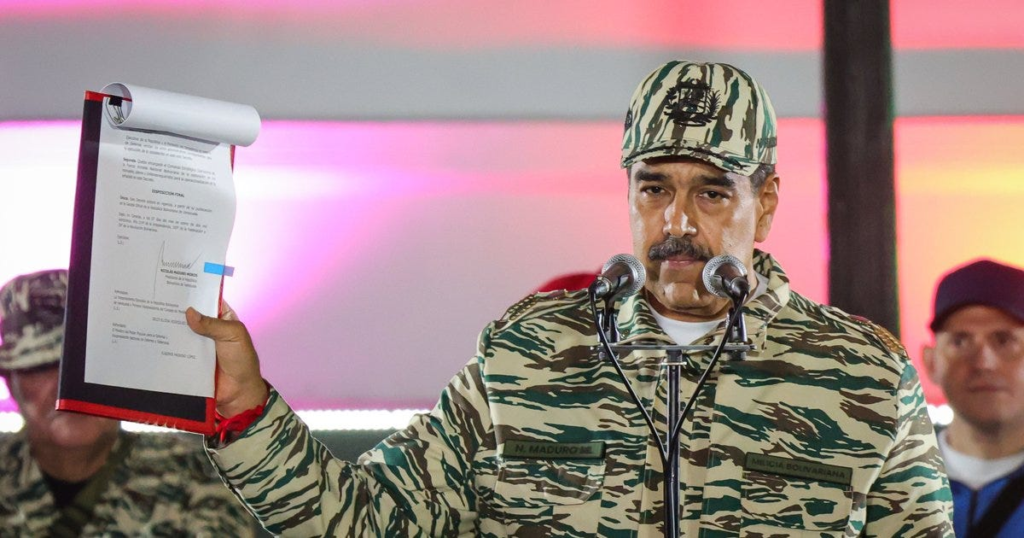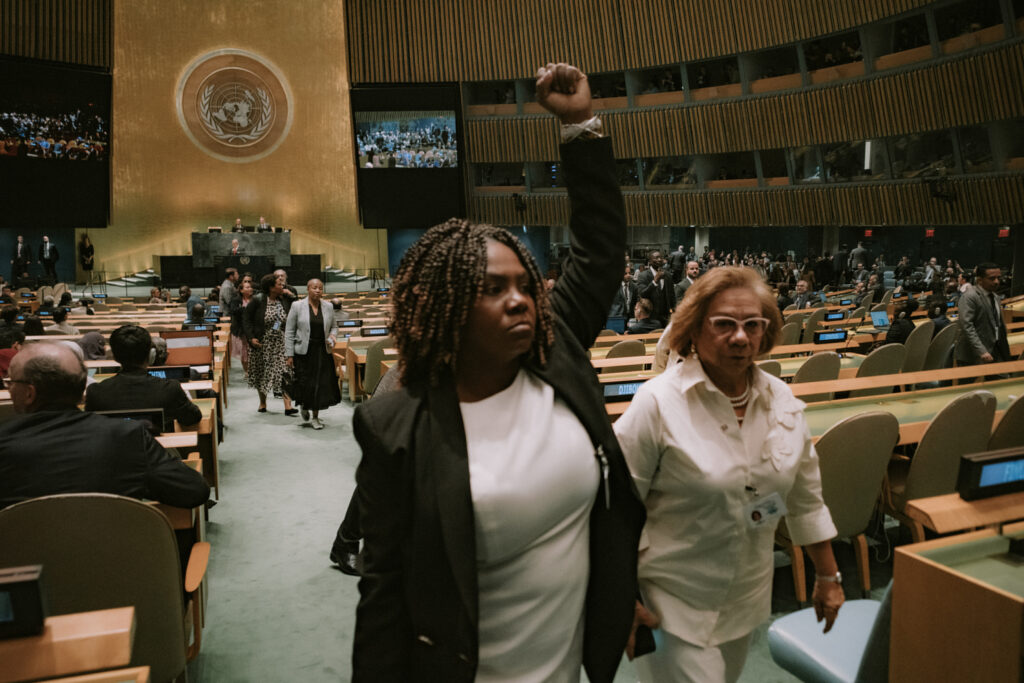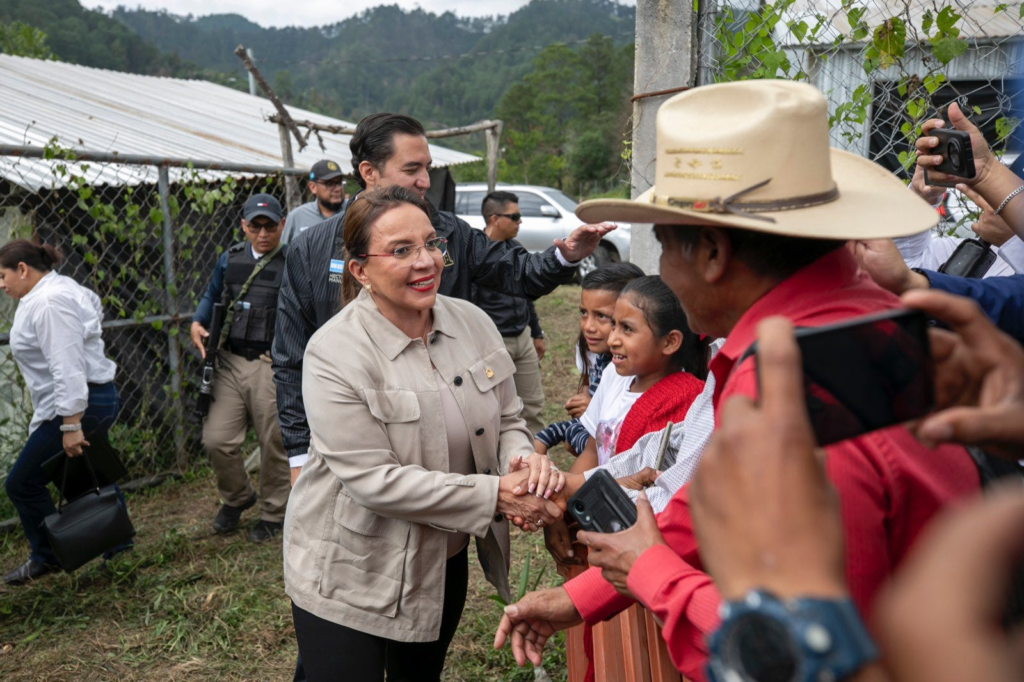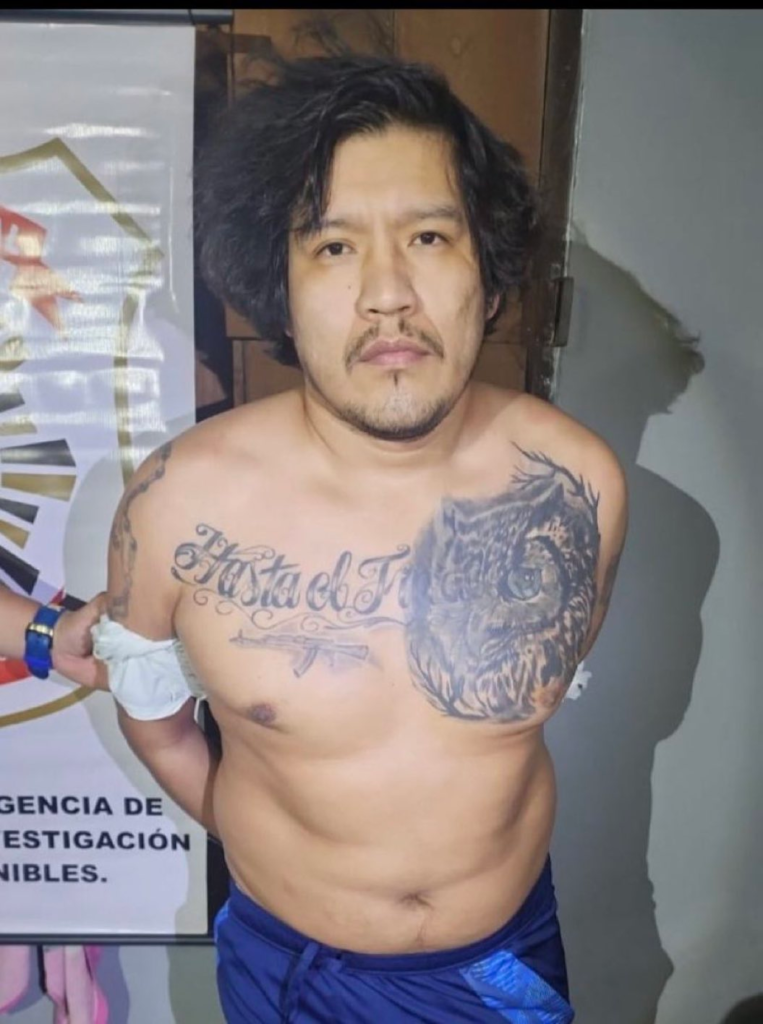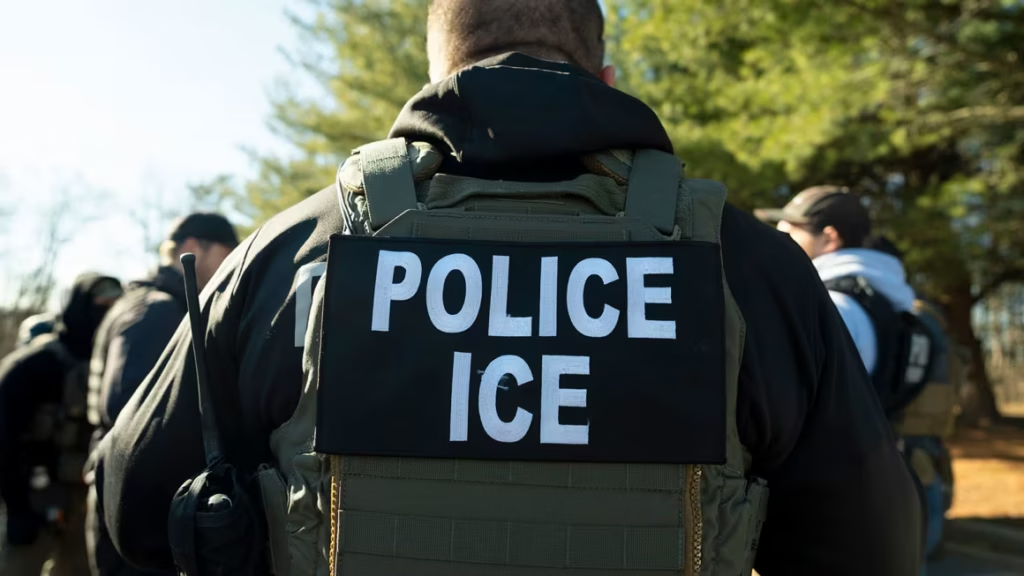Disturbing images came out of São Paulo on Thursday, the 7th of August, when a pair of suspected delinquents were chased by a Military-Police Officer (PM) into the Paraisópolis favela region in the south of the city.
‼️Watch the FULL VIDEO of the ARREST‼️
The episode began when Corporal (PM) Johannes Santana responded to a reported robbery incident in the nearby area and made contact with two individuals suspected of being involved in criminal activity. A chase ensued, ultimately leading the officer into a favela in the surrounding vicinity.
The PM managed to get a hold of the younger fugitive, one Kauan Lison Alves dos Santos, 20. “DON’T MOVE! DON’T MOVE!” were the orders heard from the PM’s body-cam footage, when a struggle between the officer and the assailant lasted for several minutes before a neighbor began recording the incident from their cell phone footage.
The scene became chaotic when neighbors and residents of the favela began to surround the PM, who was in the process of carrying out his duties with one of the fugitives, the younger dos Santos.
Shouting and screaming followed as local residents rallied others in the area, “Hey guys, let’s go and help the kid”, could be heard in the video footage.
The chants from the spectators grew louder, pressuring the PM to release his suspect when another individual, an associate of dos Santos, one Gabriel Vieira dos Santos, 28, lunged in between the PM and dos Santos in an attempt to free his partner-in-crime from the MP’s custody.
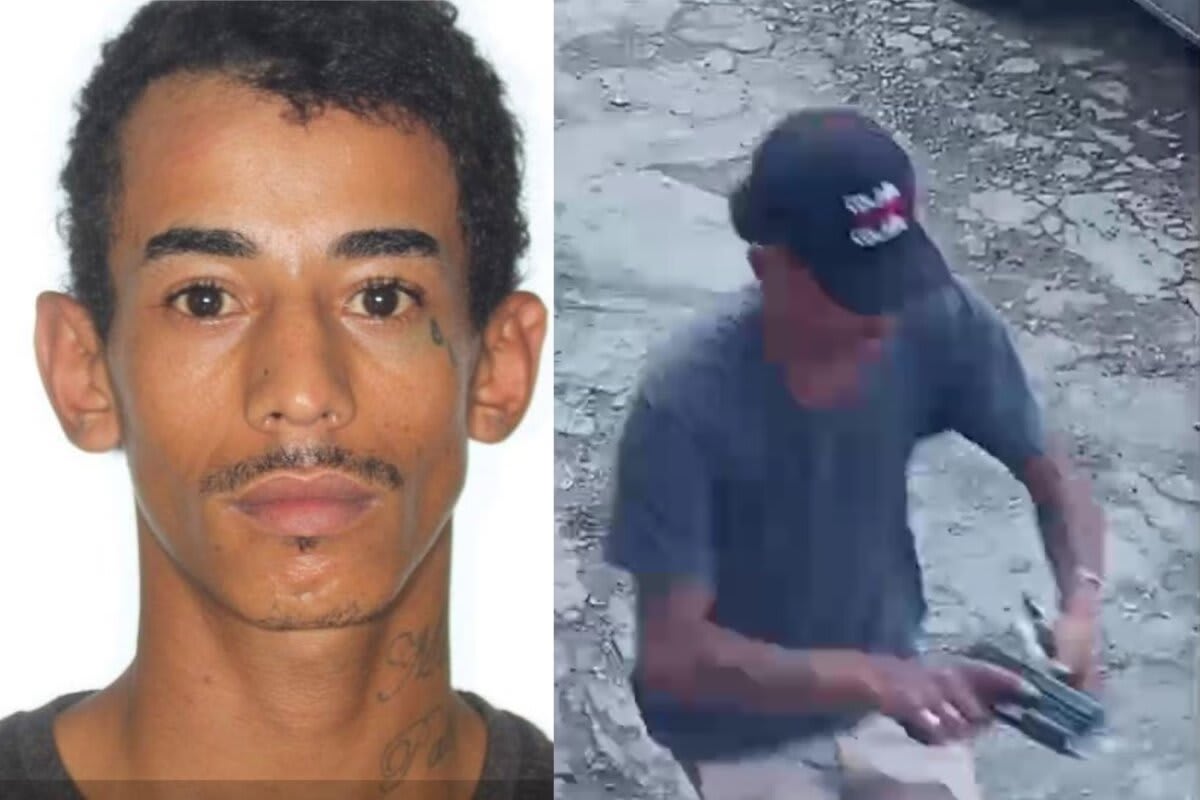
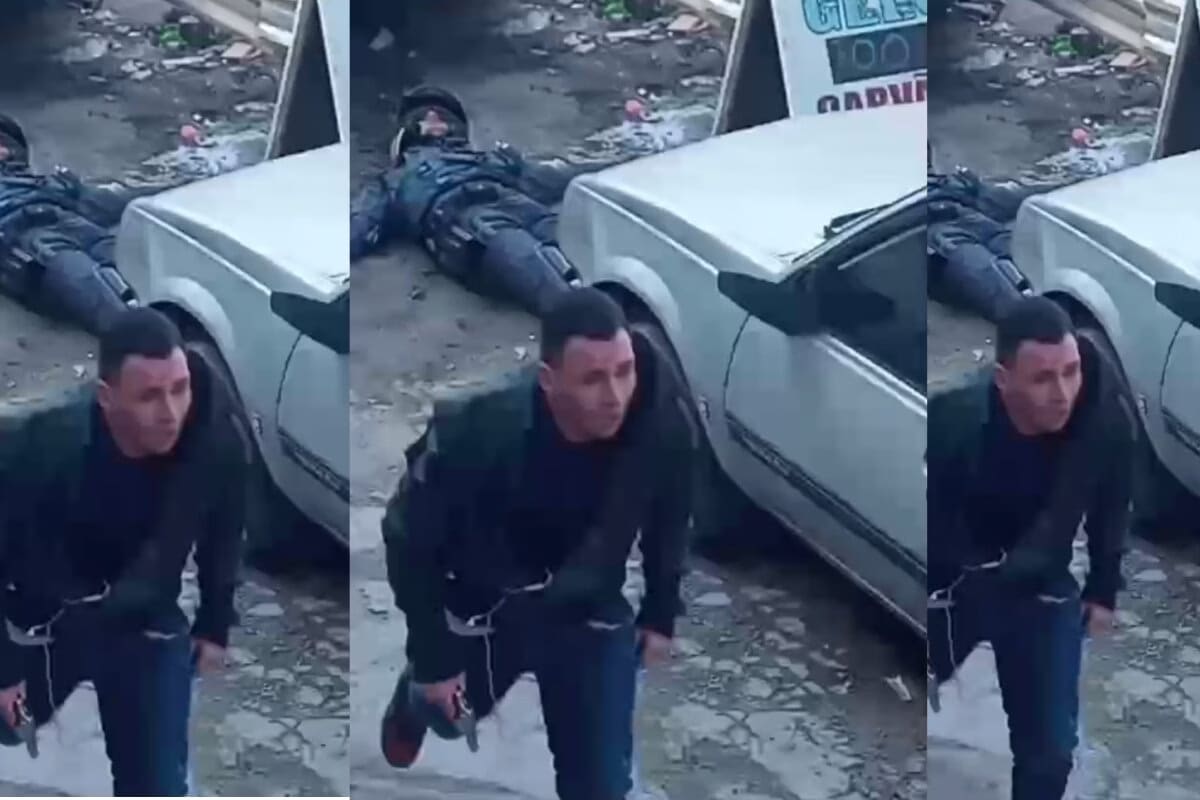
Video footage shows the younger dos Santos holding a silver revolver in his right hand, pulled from his waistband during a period of the struggle, but unbeknownst to the PM, when suddenly, without the PM grasping the slightest idea, dos Santos the younger raised the revolver to the PM’s head, which was fortunately protected by a Motorcycle Patrol (ROCAM) helmet, and in close quarters, pulled the trigger, striking the PM, reportedly in the neck.
The PM collapsed, seemingly stunned by the reverberation from the gun barrel of the revolver, and fell down on his back when 28-year-old accomplice, Gabriel Vieira dos Santos, ran over to the officer’s concussed body and picked up the PM’s pistol before making off with his associate, the younger dos Santos.
Shortly after the incident, the Public Security Secretariat (SSP) reported that the Military Police increased its presence and the number of agents in the Paraisópolis favela region, in the south of São Paulo, as part of a coordinated operation to track down and apprehend the two suspects.
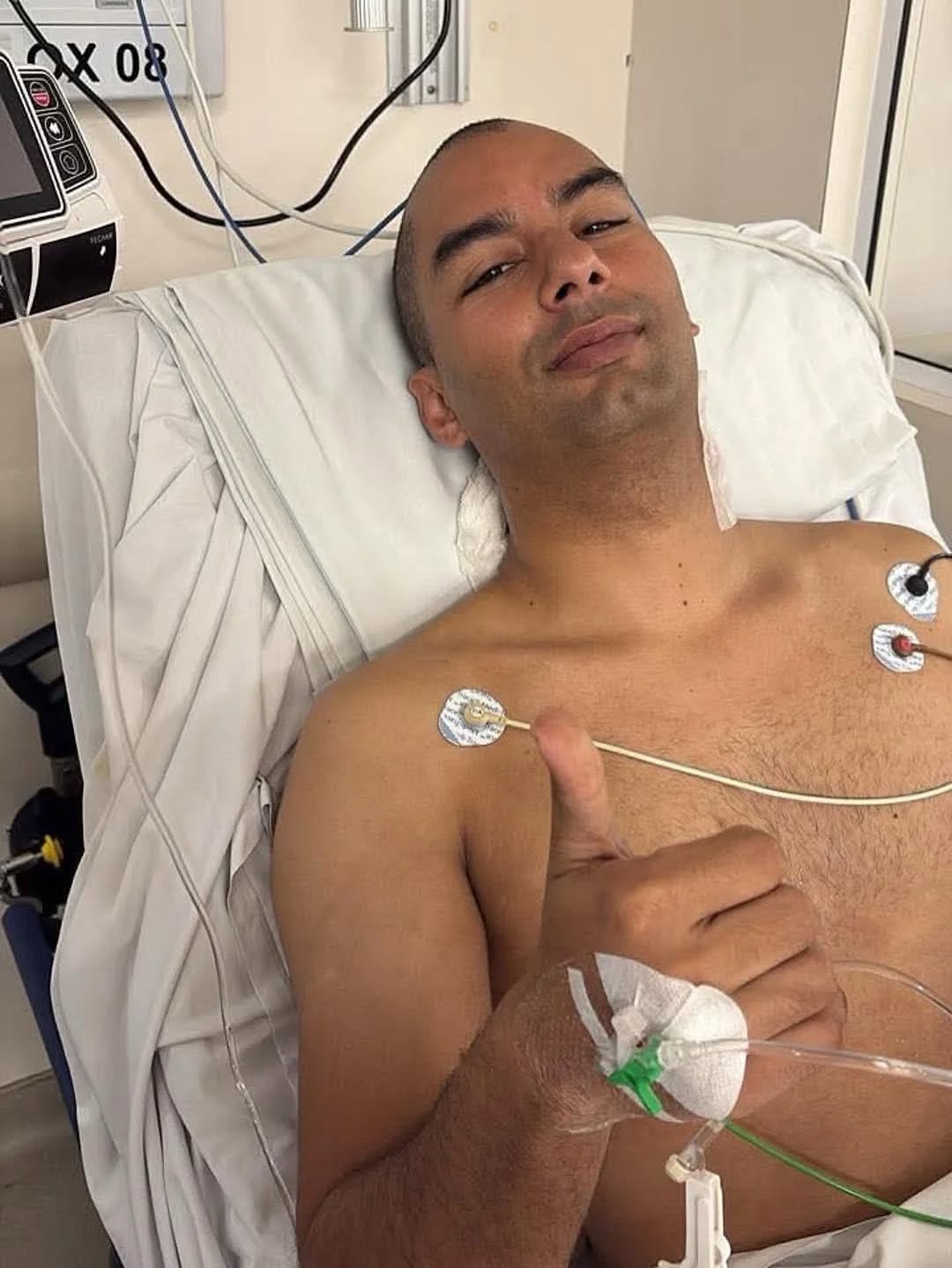
The incident made national headlines in Brazil and furthers a context in which contemporary Brazilian political culture is grappling with two opposing stances on public safety in the country. One which closely resembles the ongoing debates that take place in the more developed nations that are experiencing concerning rates of violent crime in their countries, argues that society must be more understanding of the plights of the common criminal and that his motivations are based on his socio-economic conditions.
These elements of the political arena often pit the criminal against the state and the state against the criminal. “The oppressive hand of the state”, they say, “and its inherent social, economic, and political injustices catapult the impoverished members of the community to lead a life of crime and lawlessness.”
These arguments are also supported by soft-on-crime local prosecutors who are slow, or even reluctant to administer the law in the first place, leaving more violent criminals on the street to commit yet more crimes against the law-abiding citizen.
Brazil has witnessed several violent riots recently, sparked by instances in which the police establishment has been accused of police brutality or excessive use of force concerning their treatment of suspects, who are mostly of Afro-Brasilian descent.
In the first half of 2025, São Paulo experienced a significant rise in homicides, contrary to other trends of decreasing violence throughout the rest of Brazil. Official figures indicate a 15.5% increase in intentional homicides compared to the same period last year, with June seeing a particularly sharp 60% spike, according to The Rio Times, local publication focusing on current events in Brazil.
Petty theft and robbery have always been major concerns throughout Brazil, but São Paulo has seen some of the worst of it with 29,000 cases in only a two-month span in 2024. Those were the ones reported, and so often are not.


